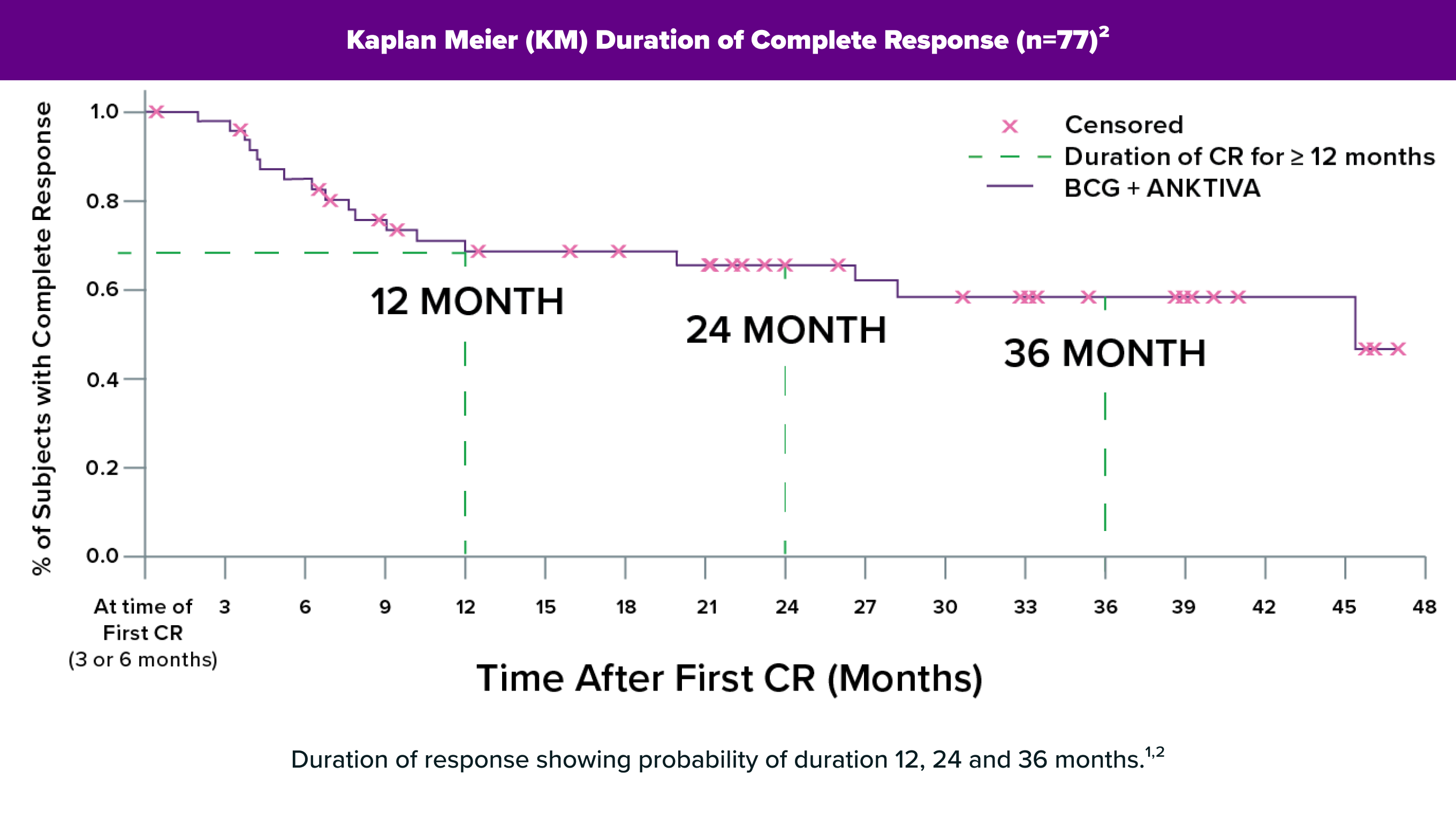How ANKTIVA is Administered
Similar to how BCG is given, a combination of ANKTIVA and BCG are administered to the bladder through a urinary catheter. The procedure can be done at your physician’s office or medical clinic.


ANKTIVA is administered by your urologist in their office.
The process is similar to treatment with BCG alone:
- The urologist will insert a catheter that goes directly to the bladder.
- ANKTIVA and BCG will be introduced into the bladder through the catheter.
- The medicine will stay in your bladder for about two hours.
- Initially, this treatment will take place once a week for six weeks.
After that, you’ll receive additional doses every few months.
Your urologist will run regular tests to monitor your progress.
For more information on how ANKTIVA is administered, please consult with your physician.
Patient Stories
Read about patients who participated in the clinical trials for ANKTIVA
Justin’s Journey
An avid outdoorsman, Justin faced a challenging diagnosis of non-muscle invasive bladder cancer. After struggling with the side effects of his Bacillus Calmette-Guérin (BCG) treatment, he found renewed hope though his doctors' introduction to an immunotherapy for those who experienced a recurrence of NMIBC.
Wayne’s Journey
Wayne has lived a rich life with his wife, two daughters, and three grandchildren. He describes himself as someone who “just likes people”. When he was first told, “you might have a tumor in your bladder”, he became very concerned, especially when he learned his first treatment with BCG wasn’t working. Wayne feels lucky that a friend told him about a clinical trial for patients like himself who were not cured by BCG alone.
ANKTIVA is a Novel Treatment for NMIBC CIS Patients Unresponsive to BCG
For more information, please call 1-877-ANKTIVA



